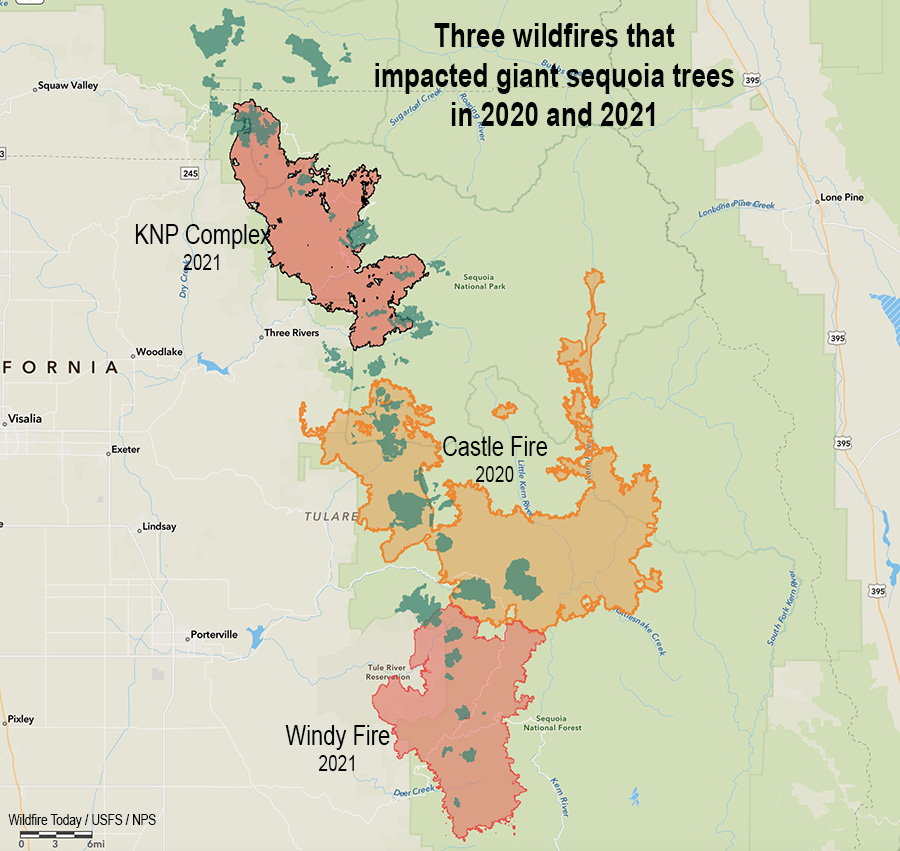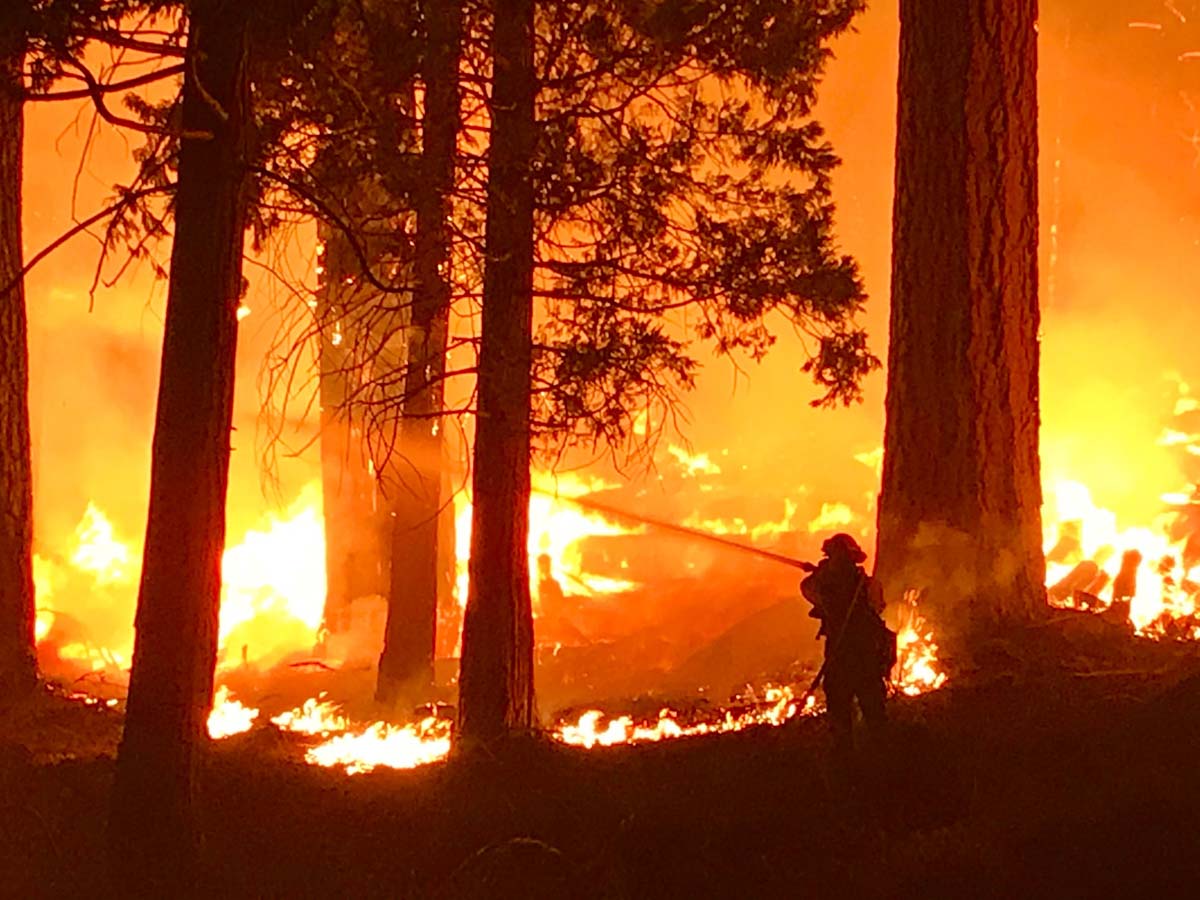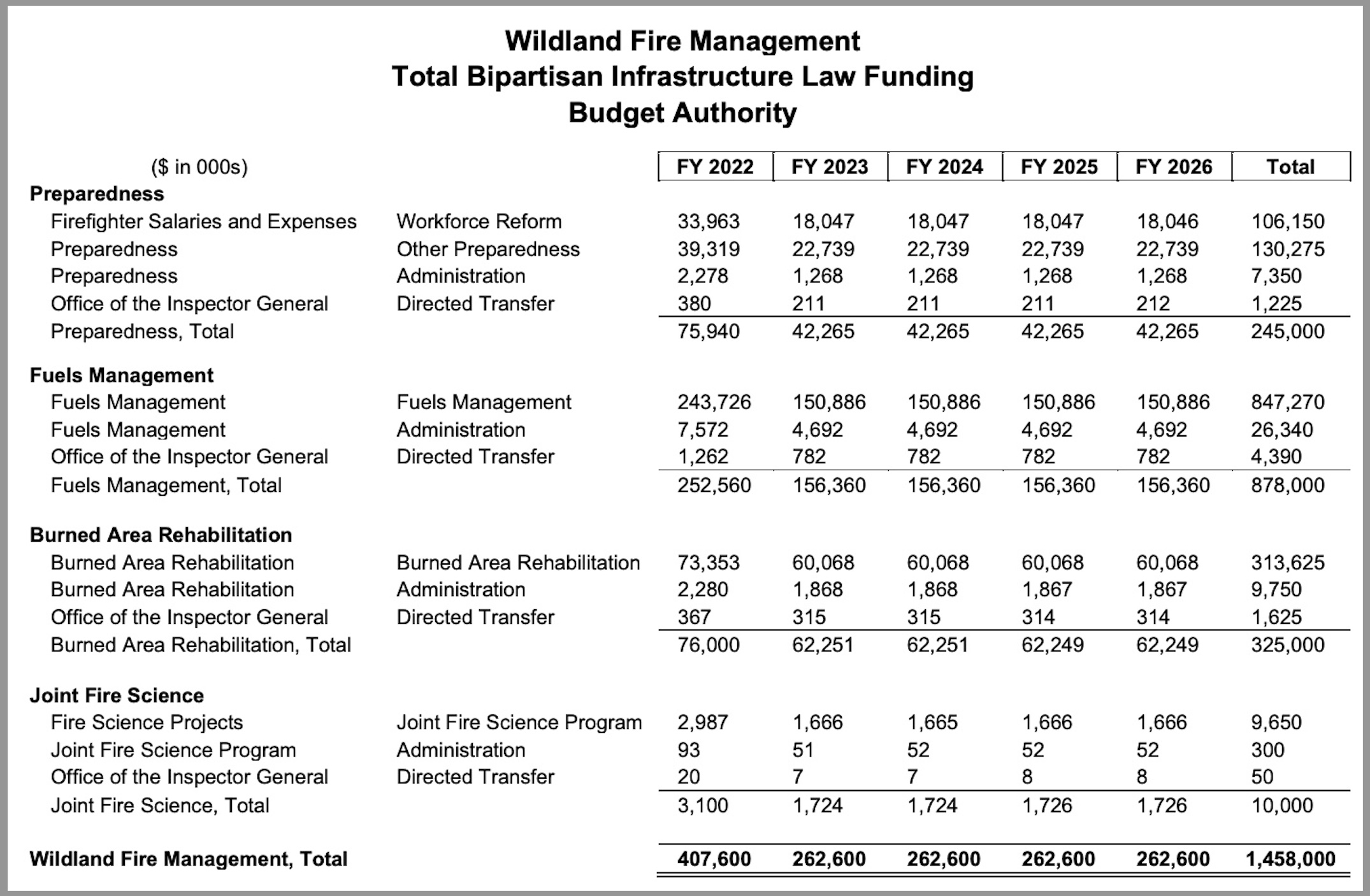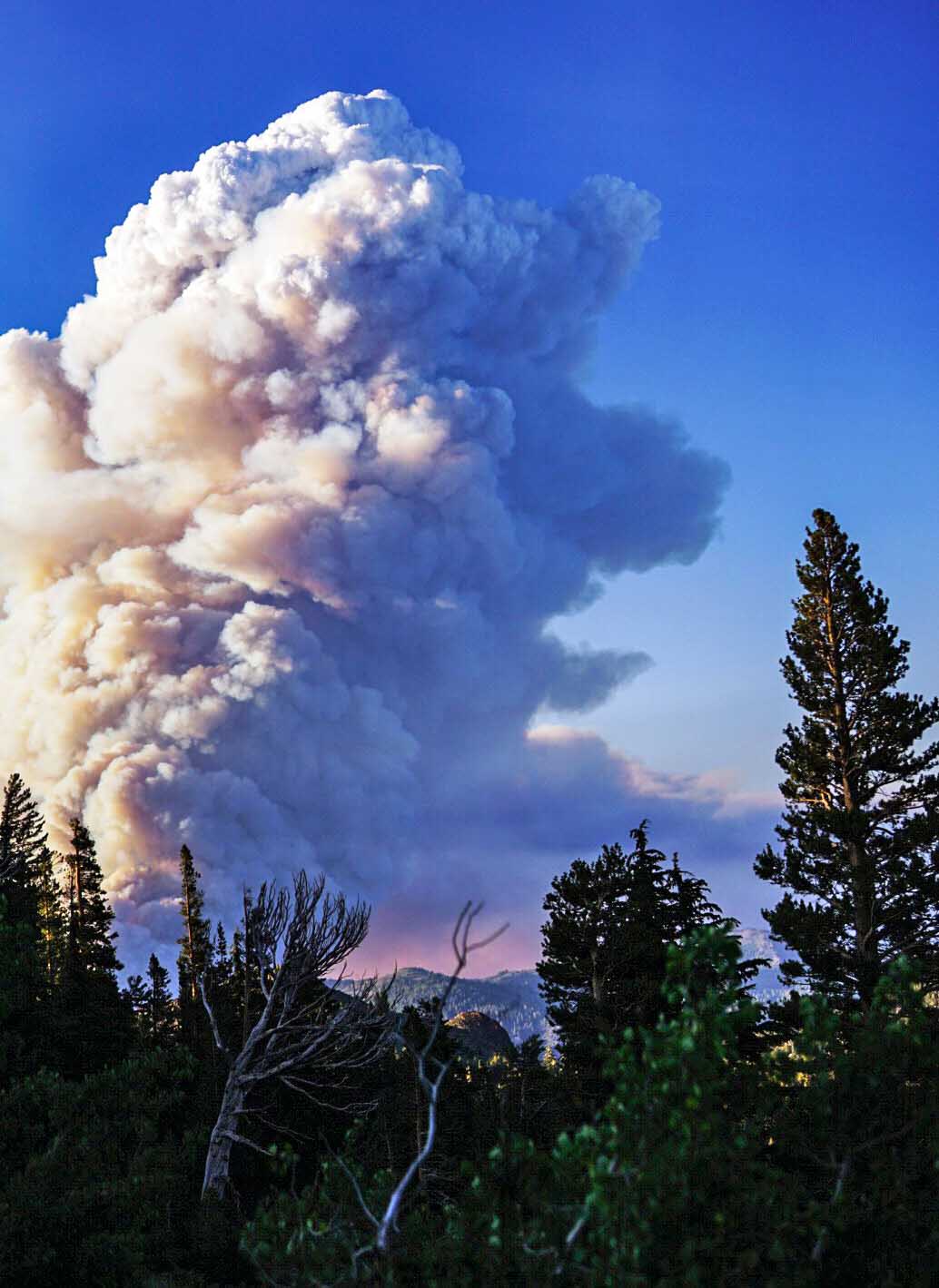
At Wildfire Today we don’t get too excited about proposed legislation because most of it is introduced, sent to a committee, and is never seen again. But pending, there are two that will interest land managers and wildland firefighters and may have a better than 50/50 chance of passing.
Save Our Sequoias
Today House Minority Leader Kevin McCarthy (R-Bakersfield-23) and co-author House Committee on Natural Resources Ranking Member Bruce Westerman (R-Ark.) introduced the Save Our Sequoias (SOS) act.
These trees that can live for up to 3,000 years need protection. This should include actively managing and reducing the surrounding hazardous fuels. In addition, when firefighting resources are scarce, which seems to be the new normal, Multi-Agency Coordinating Groups need to consider the irreplaceable value of these iconic groves when allocating personnel and equipment for going fires. Some may say these behemoths are at least, if not more, valuable than man-made structures that also may need protection from nearby fires.
Do we need a new paradigm for protecting iconic groves of remaining giant sequoias?
Preliminary surveys found that in a two year period, 2020 and 2021, almost 20 percent of all giant sequoias in their natural range over four feet in diameter were killed by fire (and neglect) or will die in the next few years. In 2020, 10 to 14 percent of the entire Sierra Nevada population of giant sequoia trees over 4 feet in diameter were killed in the Castle Fire. Early estimates after two fires the following year, the KNP Complex and the Windy Fire, 2,261 to 3,637 sequoias over four feet in diameter were killed or will die within the next three to five years.
At this rate, with this climate, we could lose the rest of these massive trees in just a few years.

Please watch this video to see how urgent the issue is.
The film was produced by Kyle Dickman and the Mariposa County Resource Conservation District thanks to a grant from the California Wildlife Conservation Board’s Forest conservation Program.
Despite the looming threat to the remaining Giant Sequoias, federal land managers have not been able to increase the pace and scale of treatments necessary to restore Giant Sequoia resiliency to wildfires, insects, and drought. At its current pace, it would take the U.S. Forest Service approximately 52 years to treat just their 19 highest priority Giant Sequoia groves at high-risk of experiencing devastating wildfires. Without urgent action, we are at risk of losing our iconic trees in the next several years. Accelerating scientific forest management practices will not only improve the health and resiliency of these thousand-year-old trees but also enhance air and water quality and protect critical habitat for important species like the Pacific Fisher.
The SOS Act will provide land managers with the emergency tools and resources needed to save these remaining ancient wonders from the unprecedented peril threatening their long-term survival. The bill would:
- Enhance coordination between federal, state, tribal and local land managers through shared stewardship agreements and the codification of the Giant Sequoia Lands Coalition, a partnership between the current Giant Sequoia managers.
- Create a Giant Sequoia Health and Resiliency Assessment to prioritize wildfire risk reduction treatments in the highest-risk groves and track the progress of scientific forest management activities.
- Declare an emergency to streamline and expedite environmental reviews and consultations while maintaining robust scientific analysis.
- Provide new authority to the National Park Foundation and National Forest Foundation to accept private donations to facilitate Giant Sequoia restoration and resiliency.
- Establish a comprehensive reforestation strategy to regenerate Giant Sequoias in areas destroyed by recent catastrophic wildfires.
Neither the text or a summary of the bill, H.R.8168, is available, but on the day it was introduced Congress.gov listed 26 cosponsors — 13 Republicans and 13 Democrats.
$1,000 Recruitment or Retention bonus for wildland firefighters
An amendment has been added to the National Defense Authorization Act (NDAA) of 2023, H.R.7900, which would pay a recruitment or retention bonus of not less than $1,000 to Federal wildland firefighters. The minimum amount would be increased each year according to the Consumer Price Index. It would be available once a year to any primary or secondary firefighter after successfully completing the Work Capacity Test.
‘‘Federal wildland firefighter’’ is defined as “any temporary, seasonal, or permanent position at the Department of Agriculture or the Department of the Interior that maintains group, emergency incident management, or fire qualifications, as established annually by the Standards for Wildland Fire Position Qualifications published by the National Wildfire Coordinating Group, and primarily engages in or supports wildland fire management activities, including forestry and rangeland technicians and positions concerning aviation, engineering heavy equipment operations, or fire and fuels management.”
It does not appropriate any additional funding to pay the bonuses, but the dollars could most likely come from the salaries from unfilled positions.
The NDAA is far from being passed, but this is a high priority piece of legislation which is sometimes used as a vehicle for slipping in unrelated bills. The 2014 NDAA, for example, included authorization and $130 million to transfer seven HC-130H aircraft from the Coast Guard to the US Forest Service to be used as air tankers. But that’s a long, sad, story with a couple of unexpected twists. (Unless there are still more delays, one or more may be actually flying over fires for the California Department of Forestry and Fire Protection, not the Forest Service, in 2023.)
A correction was made to the dates in which nearly 20 percent of all giant sequoias in their natural range over four feet in diameter were killed by fire (and neglect) or will die in the next few years.






